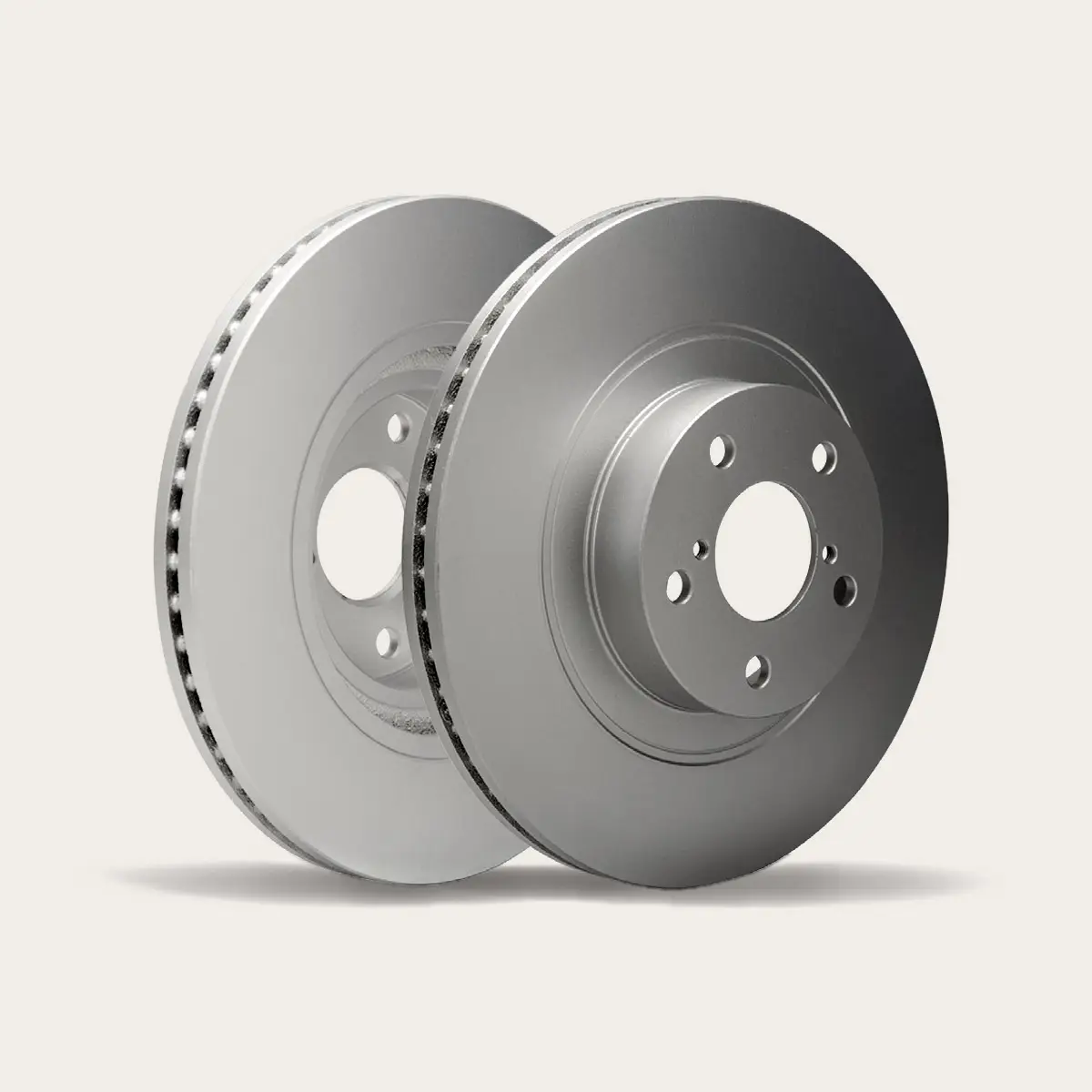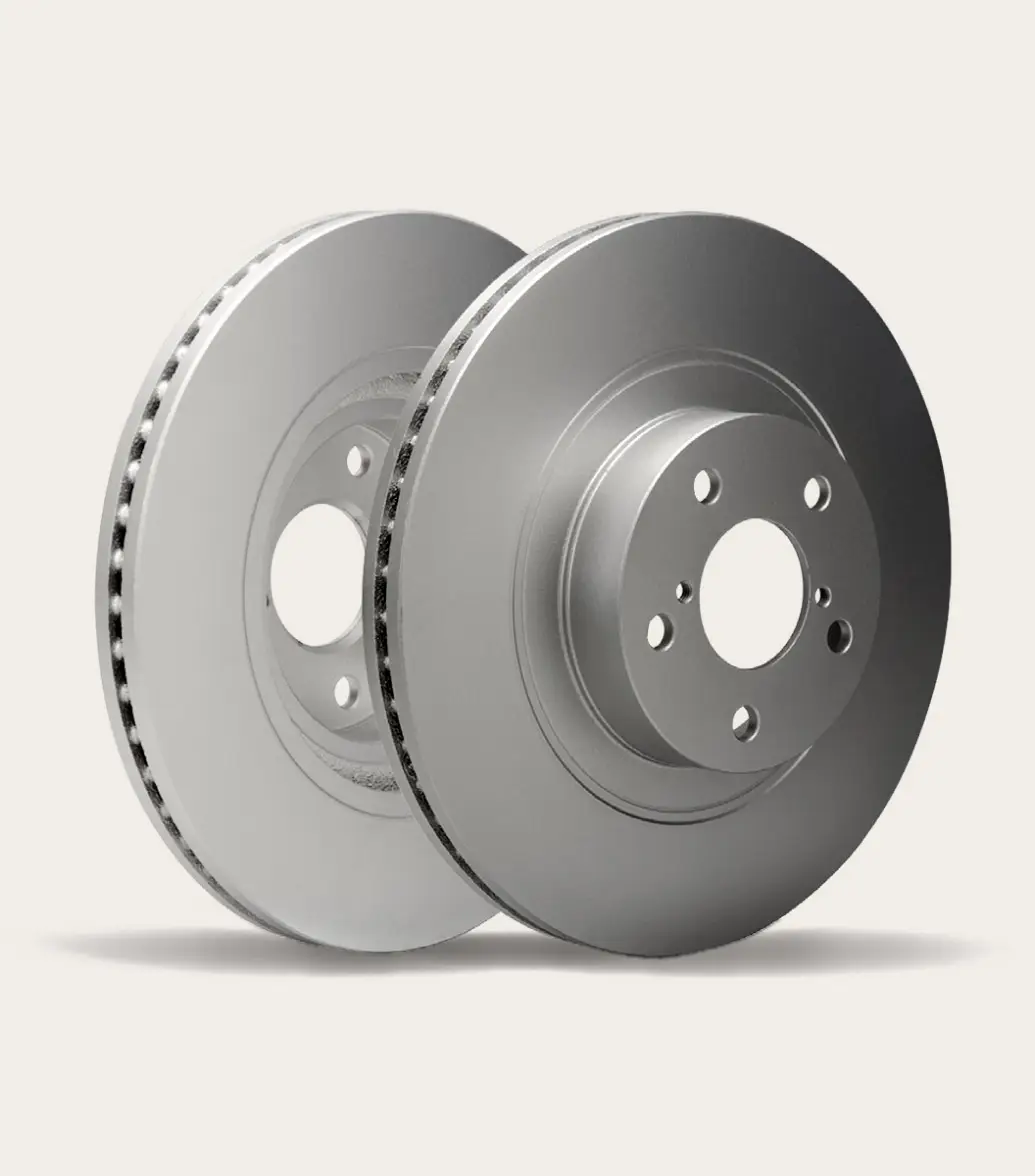BRAKE FAQ
Still Have Questions?
Not to worry. Your highly trained Nissan service experts have answered some of the most common questions they hear about brakes. If your question isn’t on the list, check out the FAQs page for more answers.
Answer:
Brake pads are equipped with wear indicators that produce a squeaking noise when the brakes are almost worn out. The noise may be present with or without the brake pedal applied, but when noise is heard from the wear indicator, the brake pads should be replaced as soon as possible. Wear indicators are set to create noise when there is around 2 mm of brake pad friction material thickness remaining. In the case of assessing pad wear through inspection, pads should be replaced at or before 2 mm thickness is reached.
Answer:
Brake rotors are marked with a “minimum thickness” on the casting (usually 2 mm to 3 mm less than the new rotor thickness). Rotors should be replaced before they reach this minimum thickness and should not be “turned” (machine refinished) below this.
Answer:
No. If there are no conditions such as pedal pulsation or steering-wheel vibration during braking, and the brake rotor is at least 1 mm thicker than the discard thickness, then it does not need to be turned or replaced.
Answer:
Brake-pedal pulsation and other conditions such as steering-wheel shaking while braking are caused by thickness variation in the brake rotor. When a thicker spot of the rotor rotates through the caliper, it pushes back against brake fluid, which can be felt at the brake pedal. The brake fluid and pedal then relax again as the thick spot exits the caliper. This process produces pedal pulsation and “brake torque variation,” which can shake the steering wheel and seats. Brake pulsation is not caused by warping of the disc. However, distortion of the disc due to excessive temperatures or improper installation and torqueing of the wheels can lead to brake rotor thickness variation over time. Brake-pedal pulsation is corrected by turning and/or replacing the brake rotors to eliminate the thickness variation.


































